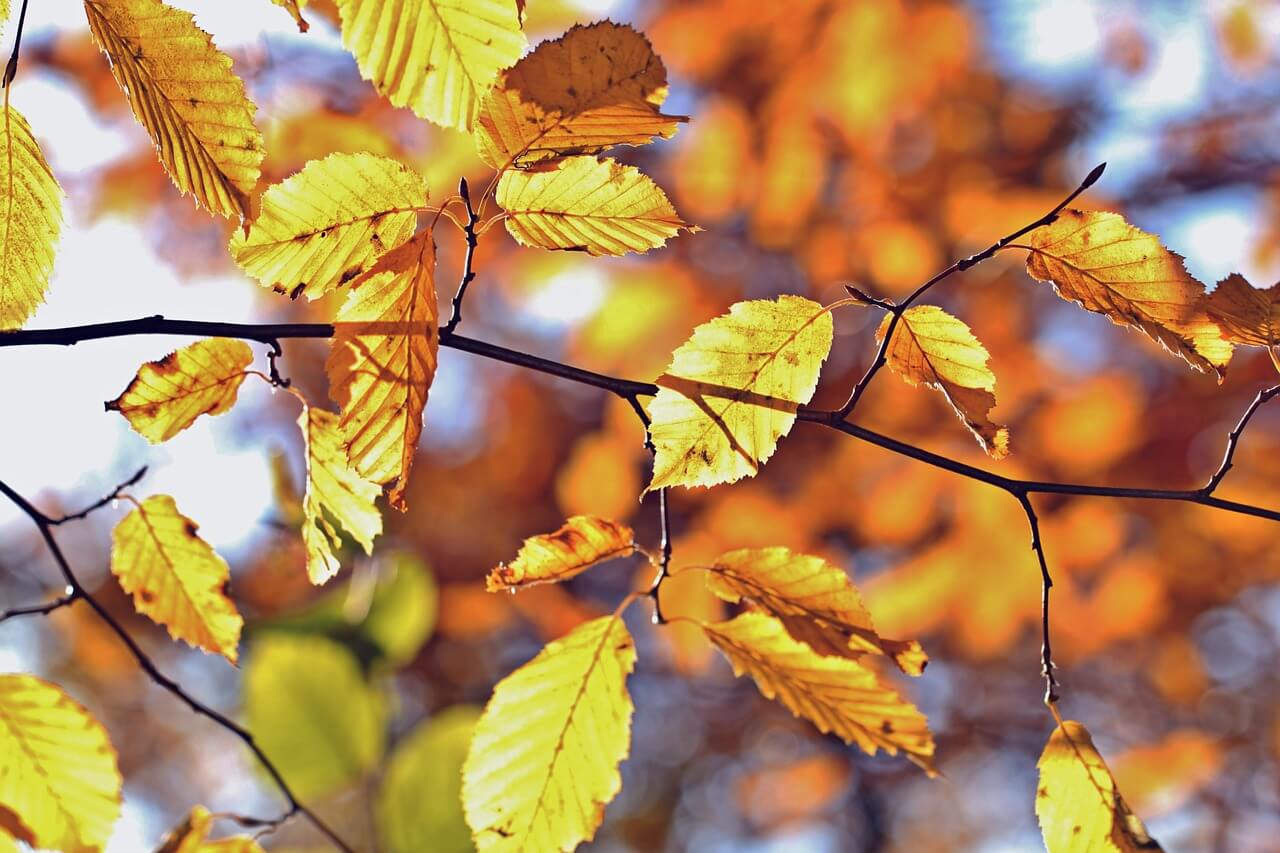We all understand the seasonal changes that happen with foliage, and living in a region with particularly beautiful seasonal shifts, we get used to the timing if it as well. This fall and early winter, Colorado experienced unseasonably warm weather – and some of the effects may not be apparent to you at first. This year, the warmer weather created a continued need for watering – homeowners kept their sprinkler systems running, potted plants and baskets continued to receive daily water, and things remained as they had all summer until the first snap of cold weather hit. Because this temperature shift came so late, all of the trees and plants continued to produce more leaves, blades, or flowers and also continued to gain strength.
Why Do Some Leaves Take Longer to Drop?
It might feel like once trees begin to drop their leaves, all of them do – but in fact, the type of tree and its overall health determine when the leaves will drop.
Deciduous Trees
Types of trees like birch, cherry, or maple, will begin to drop their leaves more quickly. As a measure of efficiency in their internal ecosystem, reducing their susceptibility to winter’s frigid temperatures and increasing their energy productivity in the most optimal times of year. This development is considered to be adapted from past methods of leaf shedding, but does continue to work in favor of the tree’s health.
Evergreens
Pine, fir, and spruce will all maintain their needles for a much longer time than deciduous trees. It seems like it would be of the biggest health benefits for any type of tree to hold on to their leaves a bit longer due to longer durations for photosynthesis (learn more about how photosynthesis works with leaves in our article about the right way to treat iron chlorosis). But in fact, both Evergreens and deciduous trees gain proper nutrients and operate under their own measure of efficiency.
Other Types of Leaf Shedding
In some cases, like with beech or oak trees, you won’t see the leaves drop, but you will see them die. As a strange in-between, these leaves will remain on the tree branches even after they die and lose their color and moisture. Most of the time this happens to younger trees who have not yet reached their maturity, and on lower branches that don’t receive as much sunlight. Although different than the other methods of leaf shedding, this is actually also efficient for the growing tree in its own way. By keeping the leaves off the ground, they do not decompose quite as fast and can become a perfect mulch material for the tree when they drop in the springtime. These leaves can also help protect newly growing material on branches during the colder months of winter. Curious about whether your tree is following its proper schedule for leaf shedding? Give the experts at American Arbor Care a call to get their advice. Still need some help getting your plants and trees prepared for the full swing of snow? Schedule your appointment with their team today and spend your holiday worry-free.

